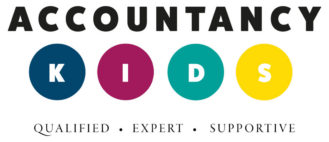Uniform Rules
When working for an employer there are often myths surrounding whether you can or cannot claim tax relief on items you have purchased for work. The same applies when you are self-employed – although the rules here are different.
Employee
If you are an employee in a childcare setting – or any setting – you are entitled to claim money back on your uniform if you meet certain requirements:
- Did you have to pay for your uniform?
- Do you have to wash your uniform?
- Do you have to replace or repair your uniform?
- Do you solely wear your clothes for work? Every day clothes that you happen to wear to work do not count.
If you are answering yes to any of these questions you can make a claim for tax relief. It is important that if you are paying for items yourself you keep all your receipts although you are entitled to make a flat rate expenses claim.
By heading to www.gov.uk you can check how much you are allowed to claim thanks to their handy guide of professions. However if your profession is not listed – which childcare is not – you are still entitled to make a claim.
Any occupation that is not listed is entitled to make a claim for £60, which means if you pay tax at a rate of 20% that year you will receive tax relief of £12.
Self-Employed
If you are self-employed the rules are slightly different, as is often the case! You can still claim for your uniform, again so long as it is not every day items that you happen to wear to work as well. The items you are allowed to claim for are:
- Uniforms, usually have the logo of the childcare business.
- Protective clothing needed for work – such as aprons, latex gloves etc
- Costumes for actors and entertainers – some self-employed childcare providers have costumes for certain events and these can also be claimed for.
With all uniform items – as well as everything you need for your childcare setting – you must keep all your receipts to be able to make your claim. It is worth setting aside a separate folder for your receipts and claimable expenses as well as keeping them altogether electronically. While some self-employed business owners prepare their own accounts or their own spreadsheets, it could be worth having a professional look after your accounts.
By having a professional such as Accountancy Kids look after your accounts – either on a monthly, quarterly or annual basis – you can make sure you are claiming for everything you are allowed to be. Many self-employed providers make the mistake of claiming for items they are not allowed to, or worse, not claiming for everything they are allowed to!
We recommend keeping every receipt for every purchase to do with your business so that when it is time to complete your tax returns you know exactly where you stand. It is far easier to dismiss a receipt than try and find one for something you could have claimed as a genuine business expense.




